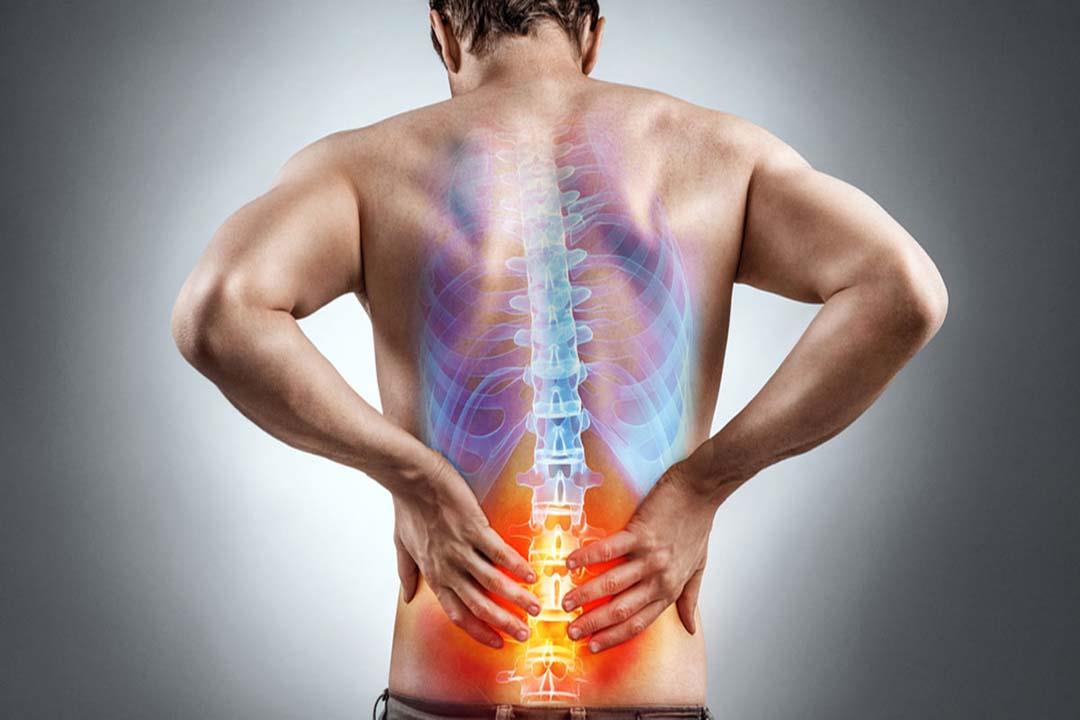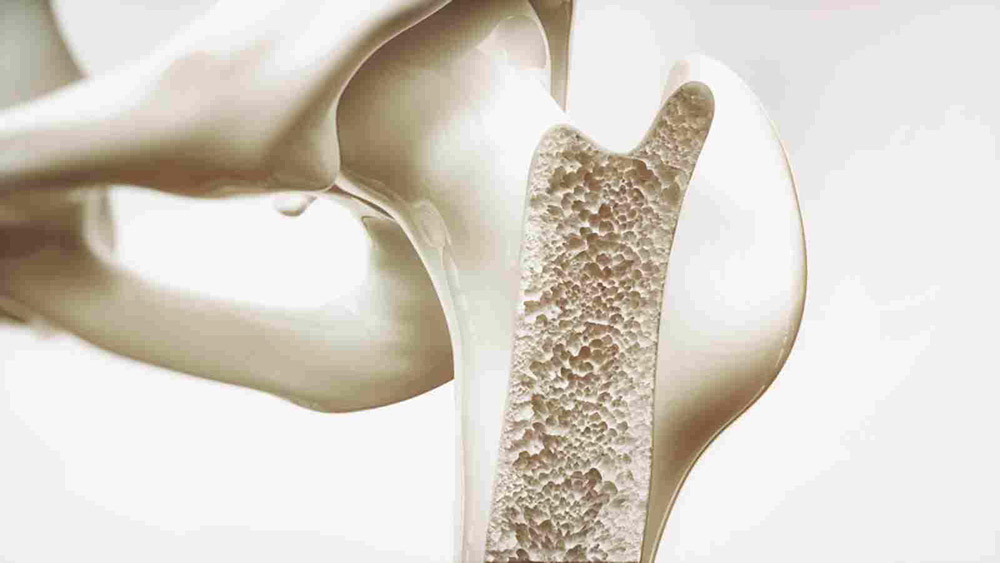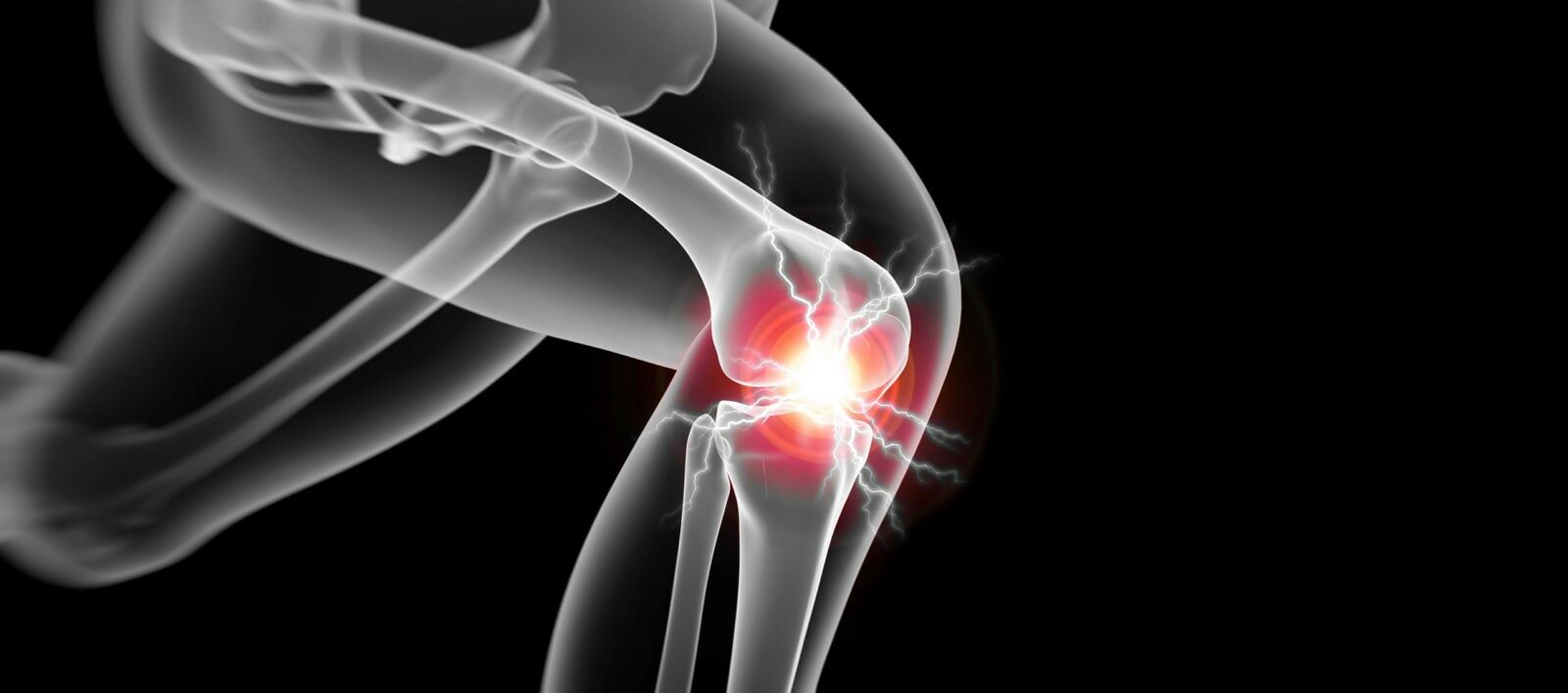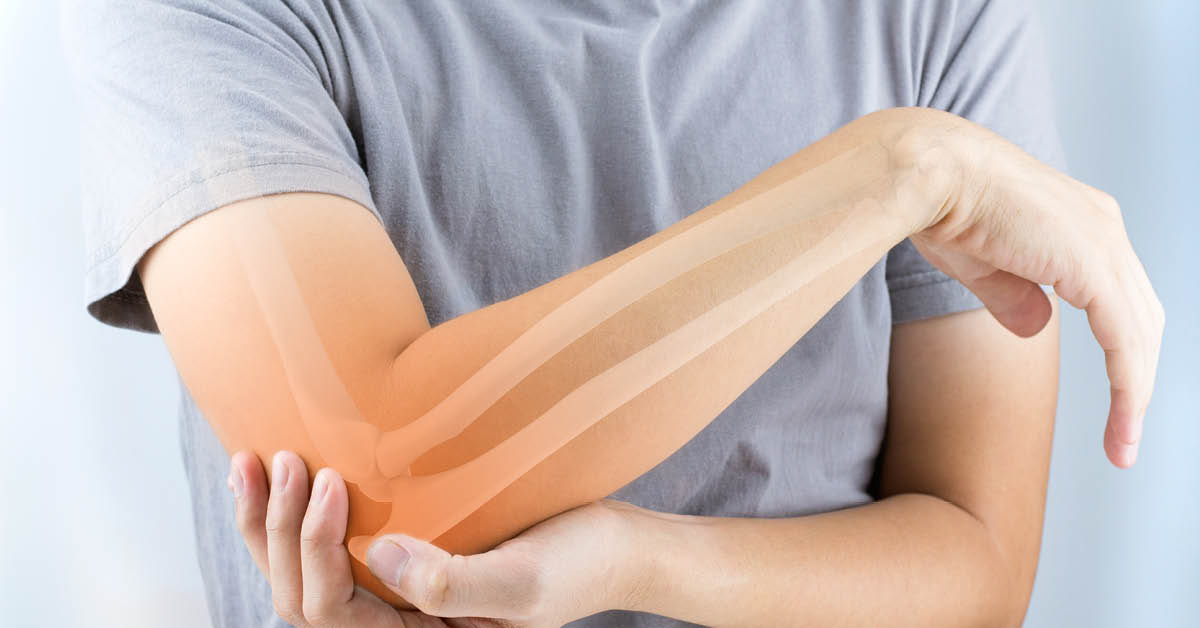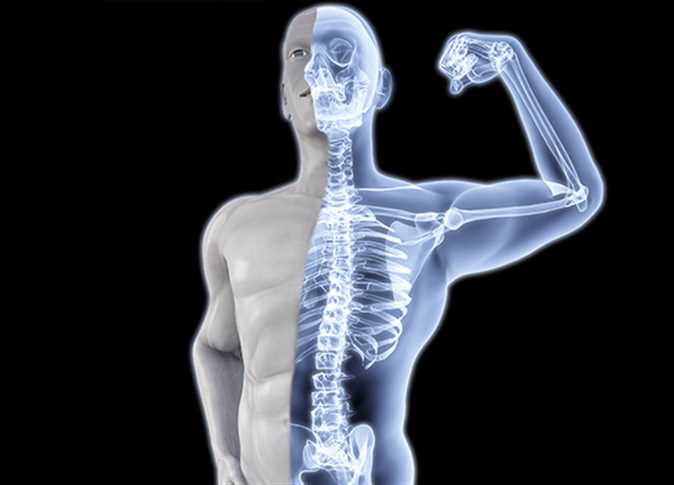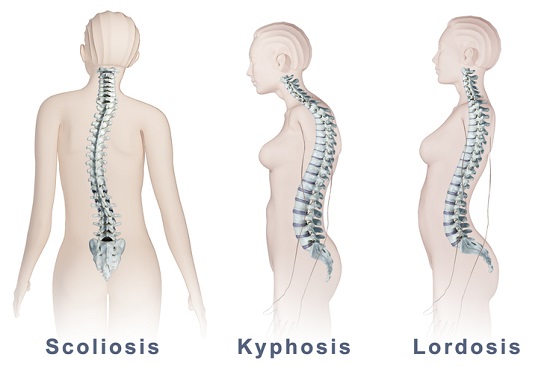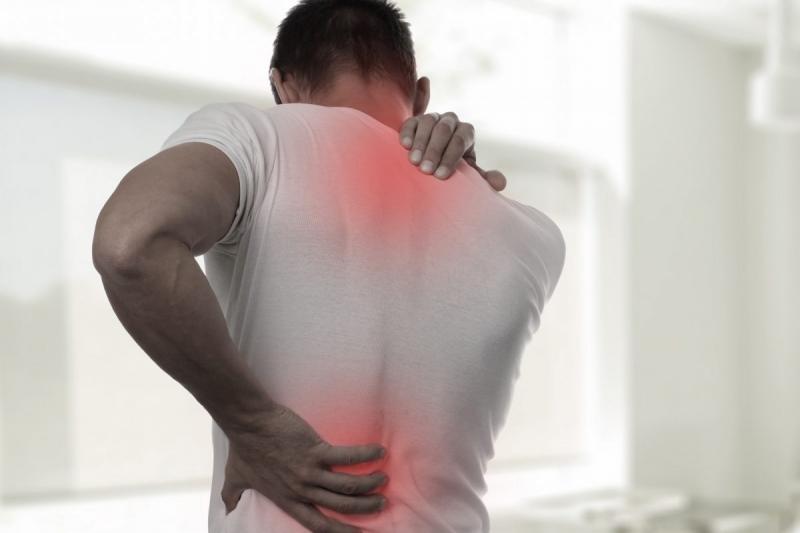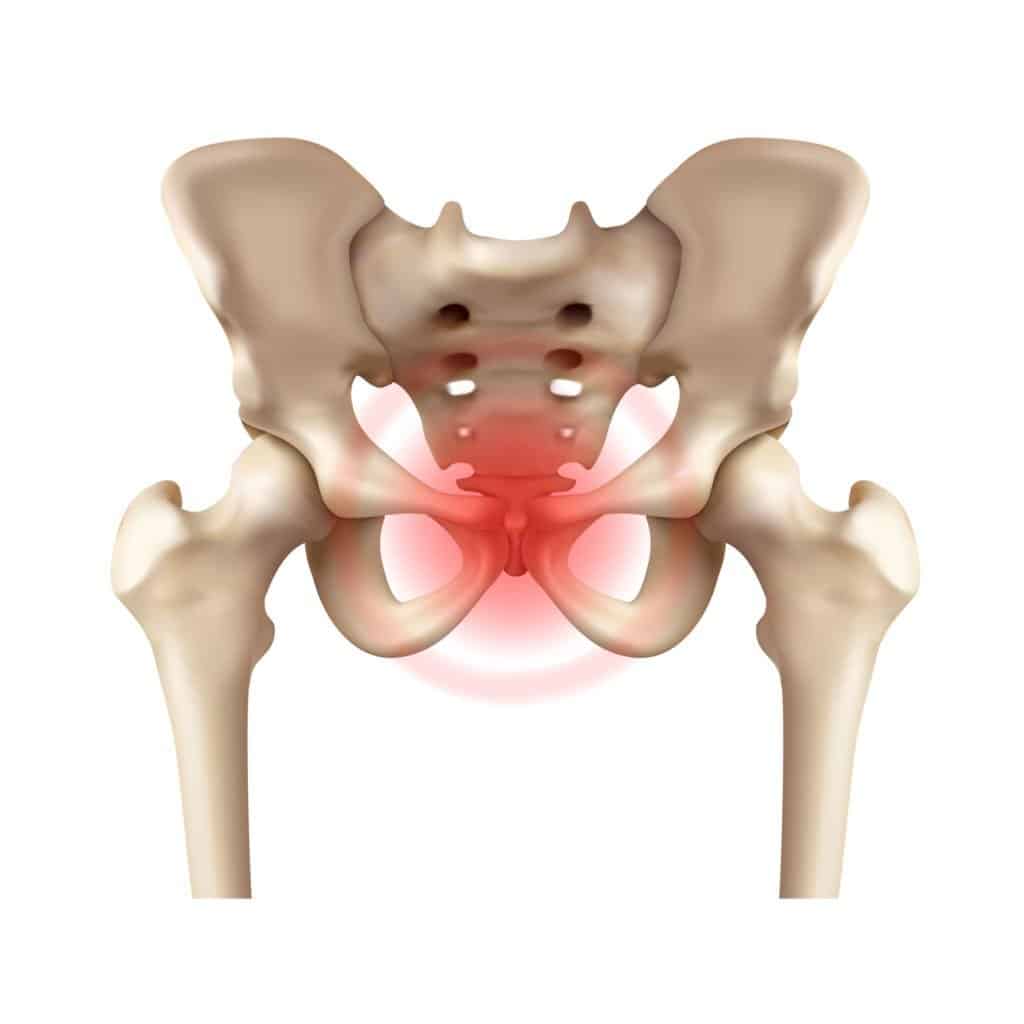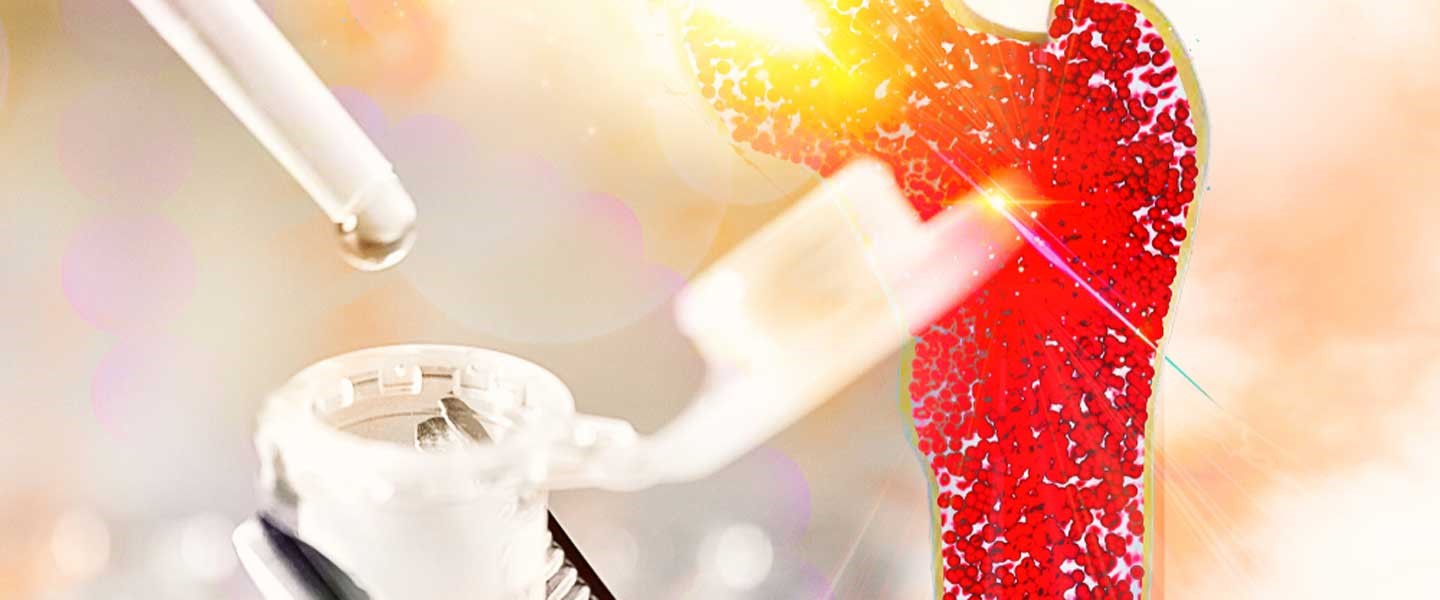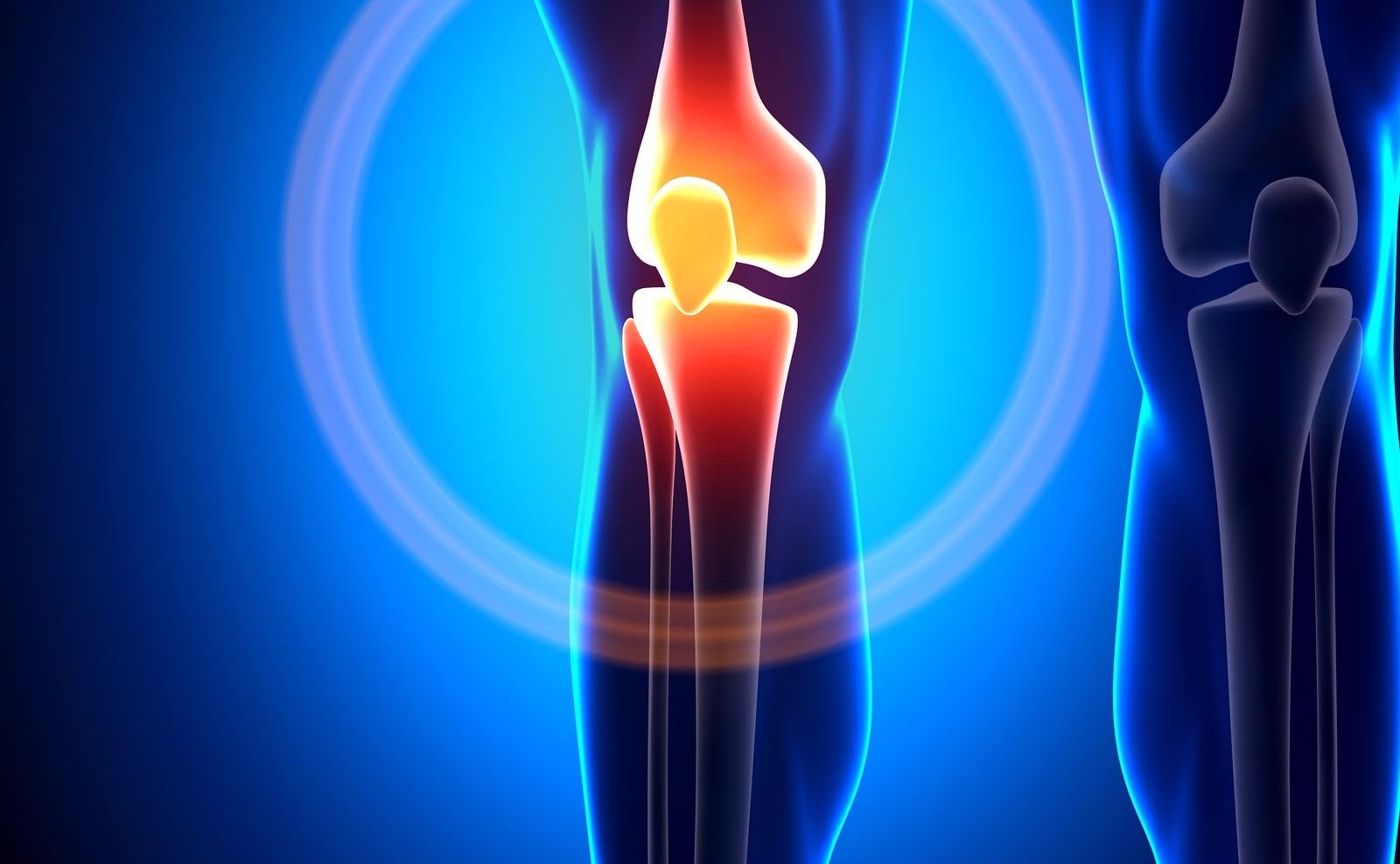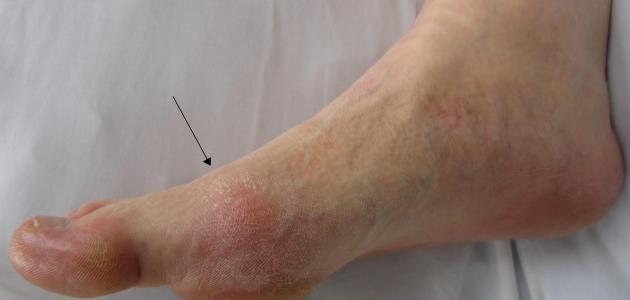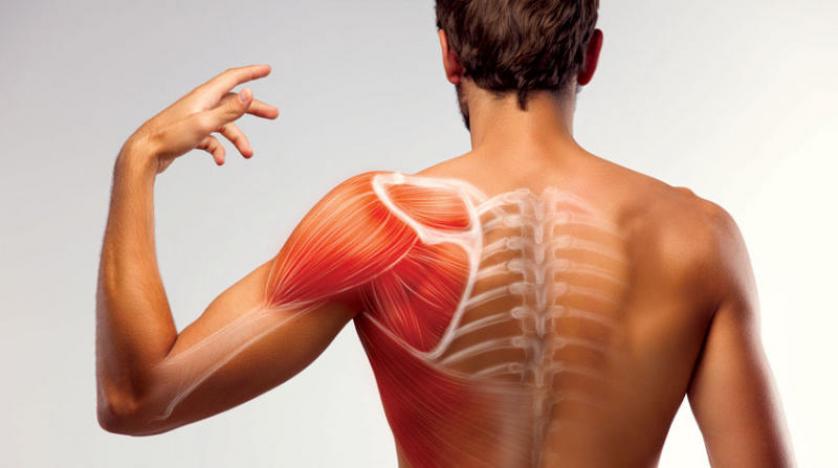Learn About Lower Back Pain Treatment and the Best Orthopedic Specialist
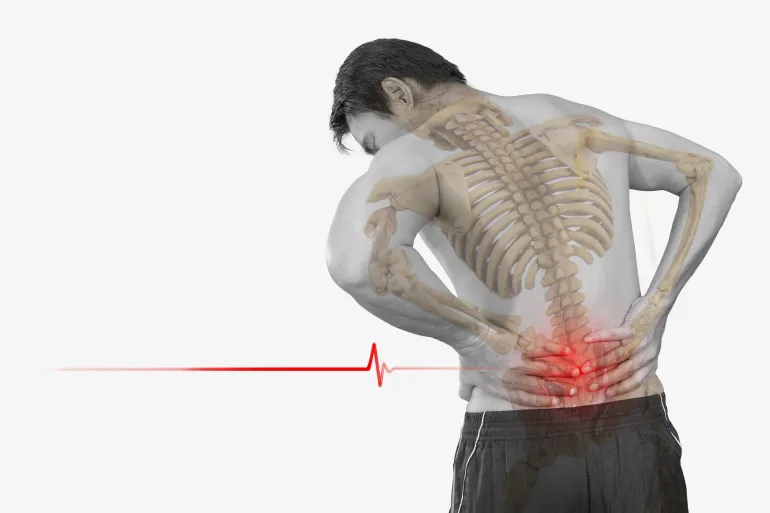
Lower Back Pain Treatment
Here is a list of the best ways to treat lower back pain at home:
- Use Pain Relievers:
- Paracetamol can be used as a pain reliever for lower back pain.
- Non-steroidal anti-inflammatory drugs (NSAIDs) such as Ibuprofen and Naproxen can help alleviate lower back pain.
- Movement and Exercise:
- After the pain subsides somewhat, gradually increase your activity level.
- Engage in exercises targeting the lower back area to reduce pain and strengthen muscles.
- Heat or Cold Therapy:
- Ice can be used to reduce swelling and inflammation in the painful area.
- Heat may also be effective in relieving lower back pain, but it’s best used with caution.
- Cortisone Injections:
- Your doctor may recommend cortisone injections in the painful area to reduce inflammation and alleviate pain.
- Massage Therapy:
- Massage therapy can be utilized to reduce pain and improve blood circulation in the painful area.
- Maintain Proper Posture and Use Support Pillows:
- Ensure you sit and stand with proper posture.
- Use support pillows to support the lower back area while sitting or sleeping.
- Be Mindful of Physical Activity:
- Continue with your daily activities as much as possible and avoid prolonged sitting without movement.
- Consider engaging in light activities like walking to improve muscle strength and maintain back flexibility.
Why Do You Have Upper Buttock and Lower Back Pain?
There are several potential reasons for experiencing pain in the upper buttock and lower back area in women. This pain is also known as coccyx pain and can affect one’s ability to sit on the buttocks. Doctors typically conduct diagnostic tests such as X-rays to determine the cause of the pain in the coccyx and lower back.
Among the possible causes of upper buttock and lower back pain, doctors suggest the following:
- Prolonged sitting without changing positions, leading to increased pressure on the coccyx area and causing pain.
- Injury to the coccyx area due to falls or direct trauma to this area.
- Lack of fat in the buttocks, leading to increased friction of the coccyx with surrounding tissues and resulting in pain.
- Coccydynia, a rare condition characterized by severe and chronic pain in the coccyx area, which can be treated with potent, long-acting steroid injections.
- The presence of an abscess under the back or in the upper buttocks, causing severe lower back pain.
If you are experiencing upper buttock and lower back pain and have difficulty sitting, it is recommended to consult an orthopedic specialist for diagnosis and treatment. The cause of this condition may involve disorders in the coccyx bones or adjacent areas. The doctor will perform a clinical examination to determine the potential cause and prescribe the appropriate treatment to relieve pain and improve the patient’s overall condition.
What Is the Best Medication for Lower Back Pain?
There are several medications available for treating lower back pain, and it’s challenging to determine the best one without consulting a doctor. The choice of medication depends on the severity and cause of the pain, as well as the patient’s medical history and overall health. Here are some common medications that can be used to treat lower back pain:
- Nonsteroidal Anti-Inflammatory Drugs (NSAIDs): Such as Ibuprofen, Naproxen, and Celecoxib, work to reduce pain and inflammation in the back area. They should be used according to a doctor’s recommendation and avoiding exceeding the recommended dosage.
- Strong Painkillers: Such as Oxycodone and Hydrocodone, are used to alleviate severe pain. These medications should only be used under the supervision of a specialized physician and following the prescribed dosage.
- Nerve Therapy: In some chronic cases, nerve therapy can be used to relieve pain. This may include corticosteroid injections directly into the painful area or procedures to alleviate pressure on damaged nerves.
- Physical Therapy: This may include muscle massage, rehabilitation exercises, heat therapy, and deep tissue massage therapy. This type of treatment is used to strengthen muscles, improve flexibility, and relieve pain.
When Will Lower Back Pain Go Away?
When a person experiences lower back pain, they may want to know when this pain will go away and what they can do to alleviate it. Let’s take a look at some information based on online sources to help you better understand this topic and take care of your back health.
- Identify the Cause of Pain: Before anticipating the disappearance of pain, it is important to determine the underlying cause. Causes can vary, including muscle tension, nerve compression, spinal problems, or other medical reasons. Seek medical advice to identify the precise cause and the best treatment.
- Exercise Regularly: Engaging in suitable exercises to strengthen the back muscles and improve flexibility is recommended to alleviate lower back pain. Simple exercises like stretching and muscle-strengthening exercises may have a positive impact.
- Rest and Massage: Relaxing tense muscles and reducing body stress can significantly reduce back pain. Good relaxation and practicing meditation and relaxation techniques that help you control pain are advised.
- Heat and Cold: Using heat through a heating pad or warm shower can relieve pain and soothe tense muscles. Similarly, ice or cold compresses can reduce inflammation and alleviate pain.
- Back Massage Techniques: Back massage sessions can be effective in improving blood circulation, strengthening muscles, and reducing pain. Consult qualified massage professionals for effective massage sessions.
- Maintain Proper Posture: Your body’s posture when sleeping, sitting, and engaging in routine activities should be correct. Ensure the use of support pillows and ergonomic chairs and adjust workplace equipment in a way that helps maintain a healthy back posture.
Is Lower Back Pain Serious?
When you experience lower back pain, the most common question you may have is: when will this pain go away? The answer to this question can vary depending on several factors such as the cause of the pain and its duration. Lower back pain can improve spontaneously within a few weeks of its onset. However, for some individuals, the pain may persist in the long term. If you are suffering from continuous lower back pain that affects your daily life, it is advisable to consult a doctor to assess your condition and determine the appropriate treatment for you.
- Acute Lower Back Pain:
Acute back pain is a short-term condition that typically lasts from a few days to a few weeks. Most often, this pain fades away spontaneously within a few days with rest and back care. If you are overweight, losing weight may be necessary to reduce pain in acute lower back pain.
- Chronic Lower Back Pain:
For pains that persist for an extended period, improvement in the first six weeks may be limited. In one year, chronic pain and mild disability may persist in people with chronic lower back pain. Individuals who have poor coping skills or fear engaging in physical activity are more likely to experience long-term disability.
- Promoting Recovery:
There is strong evidence to suggest that educational sessions lasting up to 2.5 hours can be more effective than traditional treatments in helping people return to work in both the short and long term. The positive impact of these sessions on acute back pain may differ from that on chronic back pain.
What Are the Symptoms of Lower Back Inflammation?
The symptoms of lower back inflammation include various signs that can be observed by the affected individual. The patient may experience mild pain in the hip and/or pelvic region. Muscle contractions or a sensation of tightness in movement may also be noticed. Some people may also suffer from sharp pain and numbness starting in the lower back and radiating down one leg; this is also known as sciatica. The pain worsens when sitting and quickly improves with walking. Additionally, the pain may be significantly worse in the morning.
Chronic lower back pain due to inflammation is a common condition, and there are several potential causes for this type of pain. For instance, arthritis, which is the most common type of back inflammation, can lead to chronic lower back pain. Similarly, spine disc-related conditions such as herniated discs can cause chronic pain in the lower back.
Some individuals may occasionally feel lower back pain that comes and goes but generally worsens over time. Common causes of such back pain include strain and stress resulting from spinal twisting, which is one of the most common reasons.
Although these common causes of lower back pain can be painful and bothersome, they are typically not continuous or long-term. Most ordinary individuals can recover within a few days or months after experiencing these symptoms. Doctors recommend determining the necessary treatment for each case to alleviate pain and prevent the disruption of daily activities that individuals enjoy.
What Is Herbal Treatment for Lower Back Pain?
Herbal treatment can be a common choice for some people experiencing lower back pain. However, there is no conclusive evidence of the effectiveness of herbs in completely curing this condition. Some types of herbs may help alleviate pain and reduce inflammation, but they do not provide a permanent cure.
Chamomile flowers are one of the common herbs that may help in relieving lower back pain. Chamomile flowers contain compounds that contribute to reducing inflammation and pain. They can be used in the form of tea or dried powdered flowers.
Turmeric is also a common herb used in the treatment of lower back pain. Turmeric contains an active substance called curcumin, which promotes the healing process of pain and reduces inflammation. Turmeric can be taken as a dietary supplement or added to food.
Parsley seeds are another herb used in treating lower back pain. Parsley seeds contain compounds that help alleviate pain and soothe inflammation. Parsley seeds can be used in the form of powder or added to food.
When using herbs to treat lower back pain, it is always advisable to consult a doctor or a qualified pharmacist. There may be drug interactions between herbs and other medications the person is taking, and caution should be exercised to avoid any undesirable side effects.
In addition to herbal remedies, other treatments that may help alleviate lower back pain include physical therapy and appropriate exercises. It is also important to maintain a healthy lifestyle, including getting an adequate amount of sleep, avoiding prolonged sitting, and maintaining good posture while sitting and standing.
Does Vitamin D Deficiency Cause Lower Back Pain?
Studies indicate that a deficiency in vitamin D and calcium can cause lower back pain. Several individuals suffering from chronic back pain have been studied, revealing that half of them have a deficiency in vitamin D. Additionally, pain in the back is often associated with other conditions such as stress, depression, bone pain, and fatigue.
Studies in 2015 and 2018 have shown a link between vitamin D deficiency and chronic lower back pain. Vitamin D deficiency can be more evident during the winter season due to limited exposure to sunlight, as daylight hours decrease and outdoor sun exposure decreases.
Symptoms of vitamin D deficiency, also known as the sunshine vitamin, can vary because the body naturally produces it when exposed to ultraviolet B (UVB) rays from sunlight. Symptoms of deficiency can range from fatigue and muscle weakness to muscle spasms and sudden mood changes, including depression.
Vitamin D helps improve the body’s ability to absorb calcium, which plays a crucial role in maintaining bone health. One study has shown that people suffering from lower back pain experience increased pain severity when vitamin D levels are low.
Furthermore, joint inflammation, muscle pain, and chronic bone pain have been linked to low vitamin D levels. Therefore, it is essential to consider consuming an adequate amount of vitamin D to maintain bone health and reduce chronic lower back pain.
Does Cold Weather Cause Lower Back Pain?
Cold weather is indeed one of the factors that can cause lower back pain. When the temperature drops and humidity increases, it becomes challenging for the muscles and ligaments of the lower back to relax and stretch properly. These conditions affect the flexibility of the spinal column and its muscular composition, leading to spasms and pain in this area.
Additionally, cold weather can also cause constriction of blood vessels in the back area, reducing blood flow and oxygen supply to the tissues and muscles. This can lead to increased irritation, swelling in the area, and consequently, pain.
It is also important to mention that cold weather can affect the joints in the back. Cold weather is associated with increased stiffness and joint pain. People with existing back problems may feel that their pain worsens during the winter season.
To reduce back pain associated with cold weather, it is recommended to take some preventive measures. For example, individuals prone to this issue should wear plenty of warm layers and appropriate clothing to maintain optimal body temperature. Using a scarf around the neck and wearing a jacket or coat that prevents cold air from reaching the lower back can be beneficial. It is also essential to avoid prolonged exposure to low temperatures and extreme cold.
In case the symptoms persist or worsen, consulting a doctor for a proper evaluation and treatment is advisable. The doctor may recommend pain relievers or physical therapy sessions to alleviate the pain and strengthen the back muscles. Additionally, following a specific exercise routine to strengthen muscles and improve spinal flexibility may also be recommended.
The best doctor for treating spine conditions
Dr. Amr Amal is considered one of the best doctors in the field of spine treatment in Egypt. Dr. Amr is known for his competence and experience in spinal surgery and has received honors with distinction in orthopedics from Ain Shams University Medical School. He practices at Dar Al-Fouad Medical Center on the fourth floor, room number 418.
Dr. Amr Amal utilizes advanced techniques in spine surgery, including traditional surgery, minimally invasive surgery, and robotic surgery. He provides comprehensive treatment for back and spine conditions, employing modern and sophisticated techniques to achieve the best results for patients.
Dr. Amr Amal recognizes the importance of having a tailored treatment plan for patients and, therefore, creates a personalized plan for each patient experiencing spine problems. He guides patients on the right path to treatment, helping them alleviate their suffering and regain a healthy and active life.
For the best results, patients are advised to refrain from taking medications without consulting the doctor. Dr. Amr Amal uses natural treatment methods such as massage, stretching exercises, and specific spinal maneuvers, in addition to implementing customized training programs for his patients. He emphasizes the importance of aerobic, muscle strengthening, and stretching exercises to prevent spine and back problems.
In summary, Dr. Amr Amal is the optimal choice for spine treatment in Egypt. With his expertise and proficiency in spinal surgery, along with his utilization of advanced techniques, Dr. Amr Amal provides exceptional care and helps patients enjoy a pain-free and active life.

